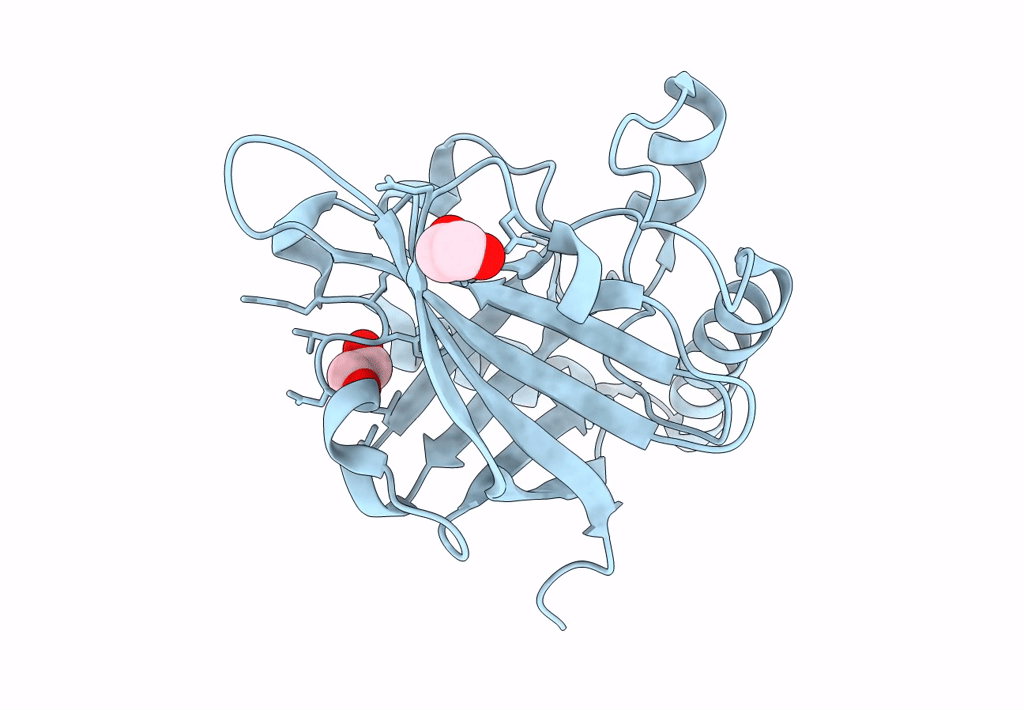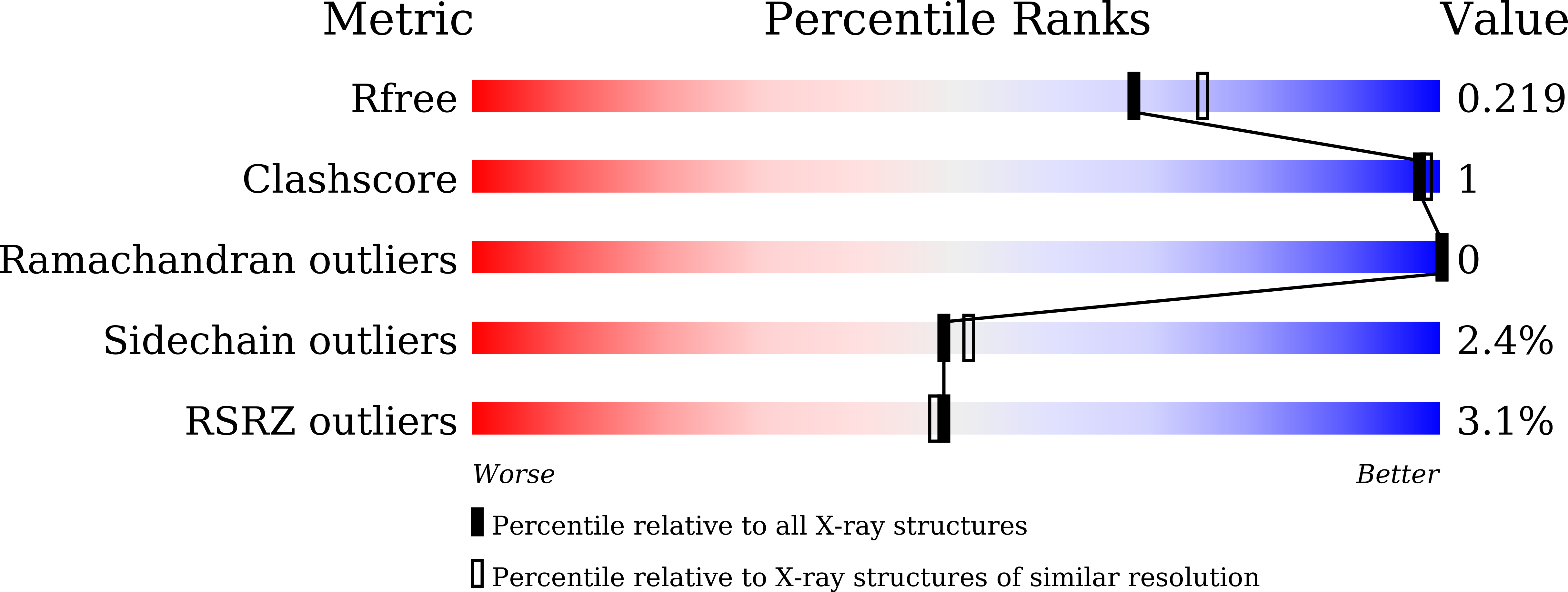
Deposition Date
2022-09-13
Release Date
2023-06-21
Last Version Date
2025-08-20
Entry Detail
PDB ID:
8GUU
Keywords:
Title:
Crystal structure of pilus-specific sortase C mutant from Streptococcus sanguinis
Biological Source:
Source Organism:
Streptococcus sanguinis SK36 (Taxon ID: 388919)
Host Organism:
Method Details:
Experimental Method:
Resolution:
2.01 Å
R-Value Free:
0.21
R-Value Work:
0.18
R-Value Observed:
0.18
Space Group:
H 3 2


